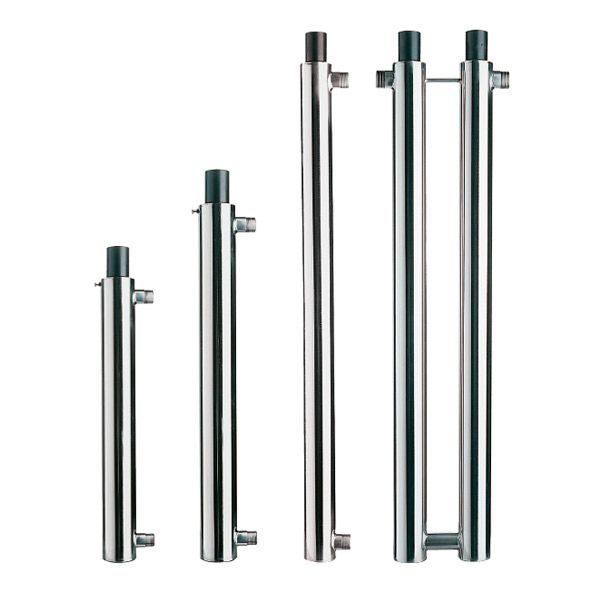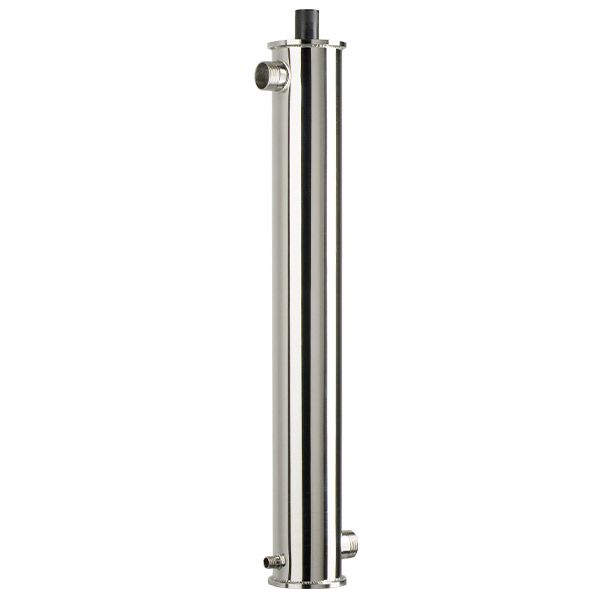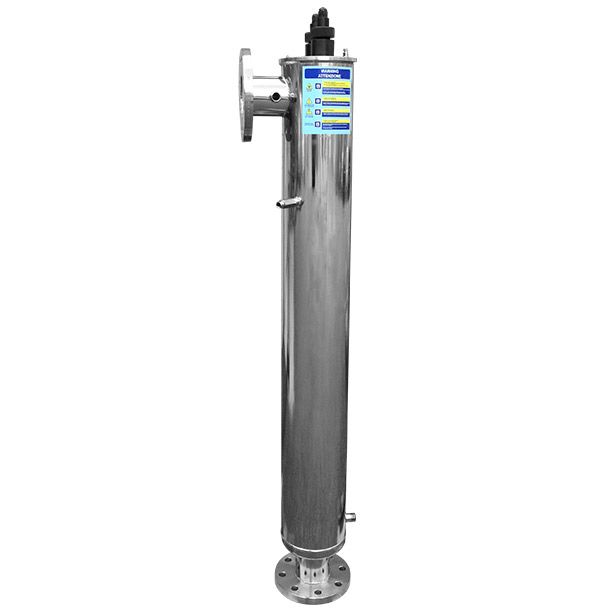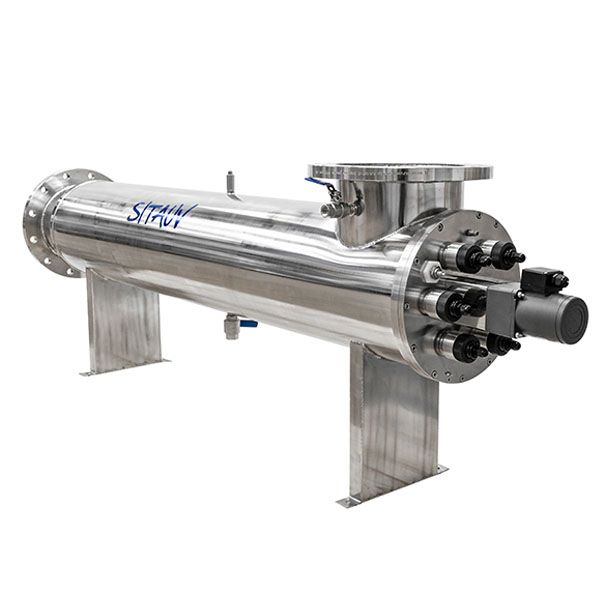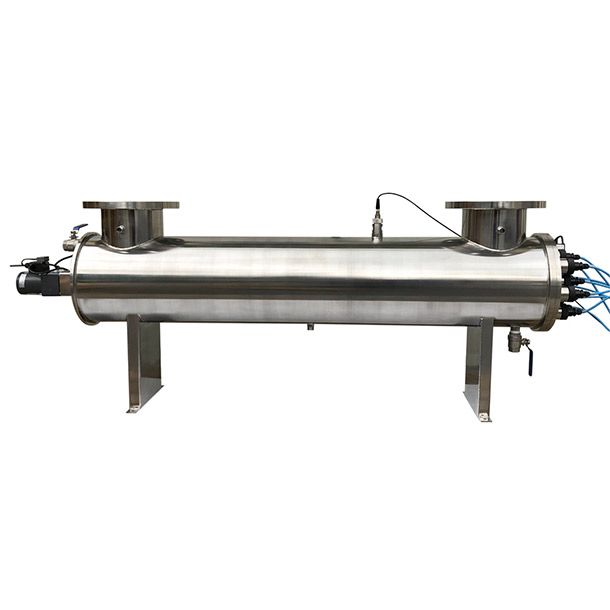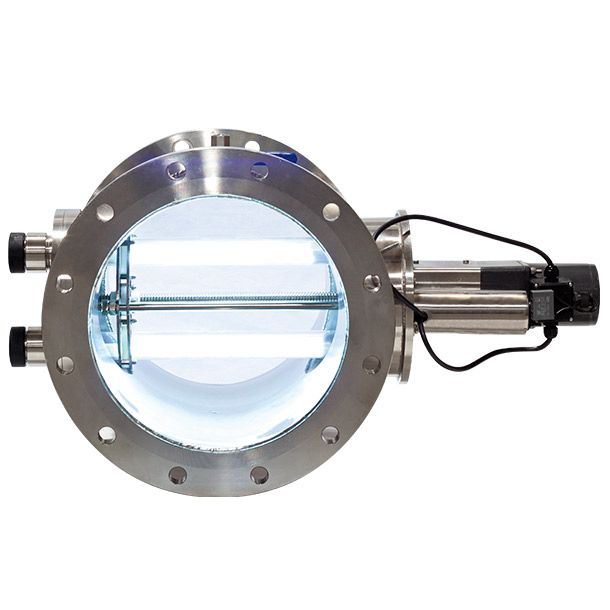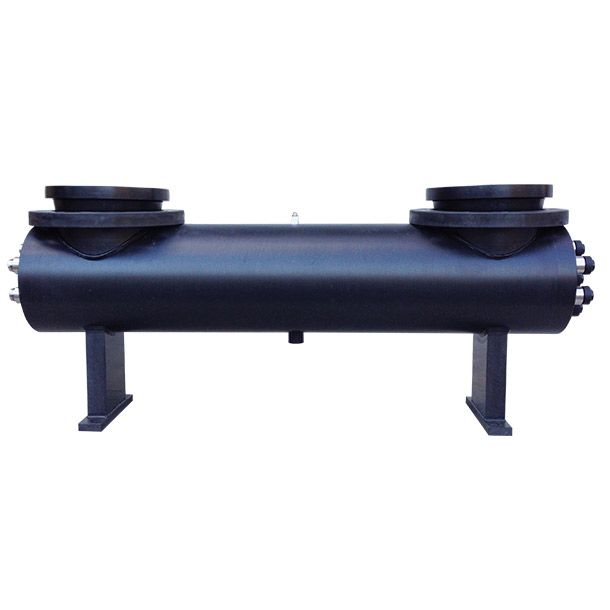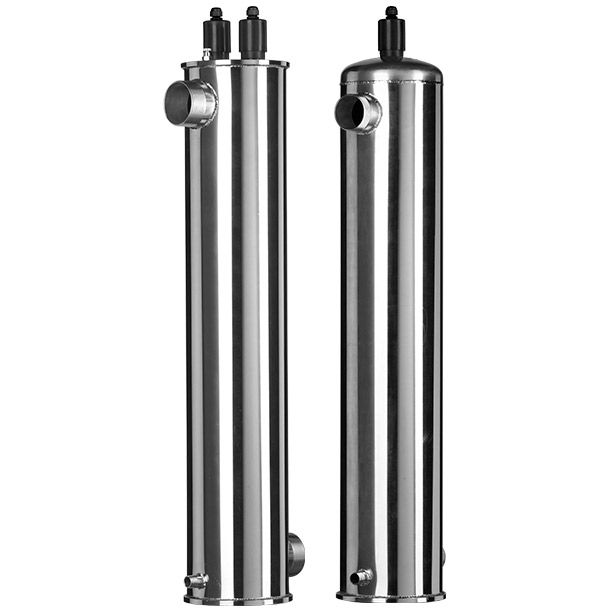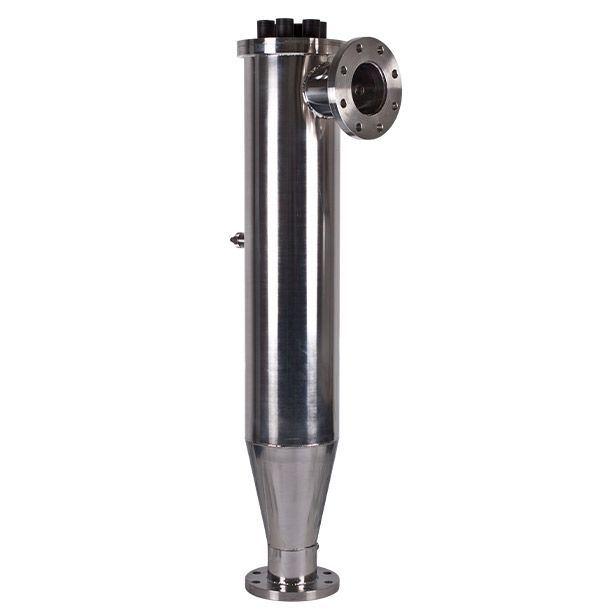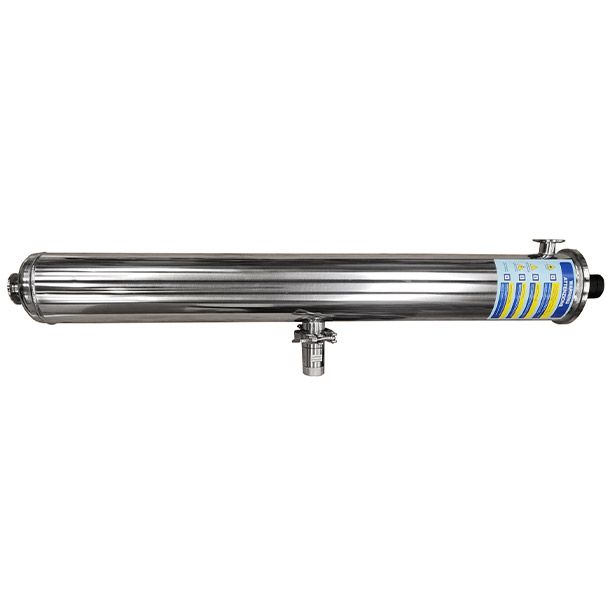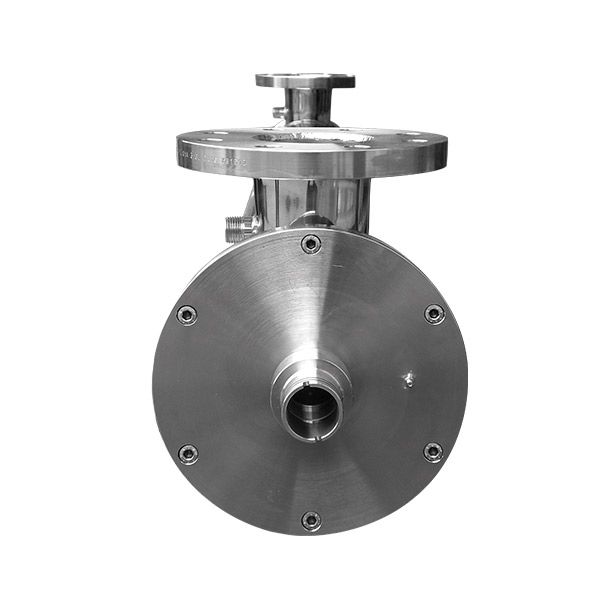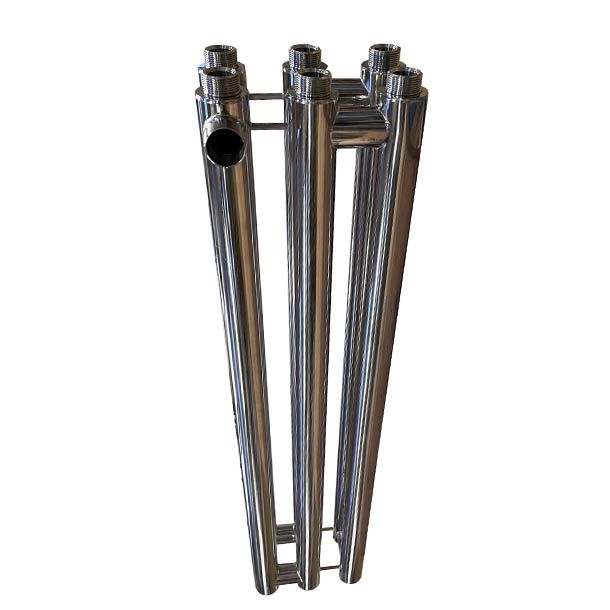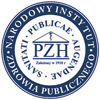
UV Systems

Over the years, SITA has various series of UV systems. Each series has been tailored to the specifc application and required flow rates. Each market, in fact, demands different sizing, materials, finishes, etc.
Our technical department designs each UV system with a careful consideration of the application. SITA has developed a sizing program that, in conjuction with fluid dynamics software, provides all the necessary data for creating a high-perforrmance unit.
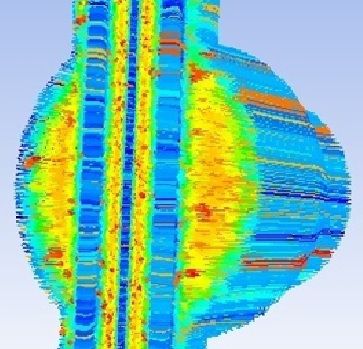
WHAT ARE UV-C RAYS
The small portion of the electromagnetic spectrum with wavelengths between 100 and 400 nm (thousandths of a micron) is defined as the range of ultraviolet radiation; UV-C are part of the subinterval characterized by wavelengths between 100 and 280 nm. Electromagnetic waves of different wavelengths and amplitudes induce interactions with matter of various kinds; of particular interest, due to its distinct germicidal power, is UV-C radiation with l= 254nm.
WHY THEY WORK
The high germicidal power of this wavelength is found in the DNA and the bonds of its fundamental components (nucleotides). DNA is a macromolecule present in every living organism, containing all the necessary information for life and reproduction. The alteration, induced by UV-C radiation, of certain chemical bonds between nucleotides can change the information contained and transmitted by the DNA. These modifications prevent its normal activity, leading irreversibly to cell death.
HOW MUCH THEY WORK
To be effective for sterilization purposes, an electromagnetic wave, in addition to being of a certain type (l= 254nm), must also possess a minimum intensity value to be able to ensure a minimum dosage to the water. This dosage depends greatly on the type of contamination in the water, but in general a system must always have a dosage greater than 300 J/m2. A properly sized UV disinfection unit can impart sufficient dosage to the water to kill almost all of the most common microorganisms in the water.
HOW THEY ARE PRODUCED
In nature, UV-C rays are part of the secondary cosmic radiation which, interacting with the upper layers of the Earth's atmosphere, generates ozone and with lower energy reaches the ground in the form of UV (A+B) tanning radiation. Artificially, UV-C is produced with the help of special fluorescent lamps containing mercury vapor, these lamps are made of ultra-pure quartz (>99.99% SiO2) that is transparent to UV-C light, which they emit in almost monochromatic form (>95% of l =254nm).
WHY THEY ARE CONVENIENT
Among the many advantages offered by this type of technology, we mention: environmentally friendly treatment (no addition of chemicals), no taste alterations, no danger of overdosing and no alteration of water characteristics, fast action (without any storage tank): the time is that of passing through the sterilizer, compatibility with other technologies (filtration, softening, etc.) for a complete water treatment, economy and practicality thanks to the low power consumption and the little maintenance required.



